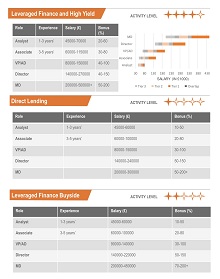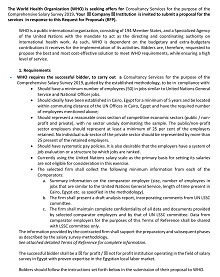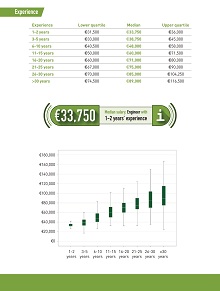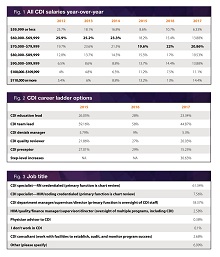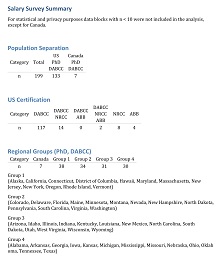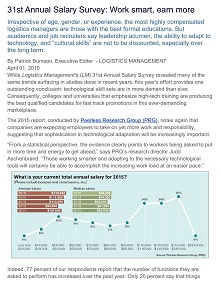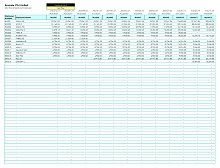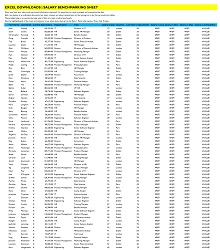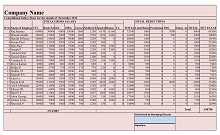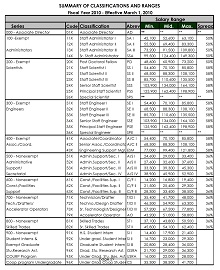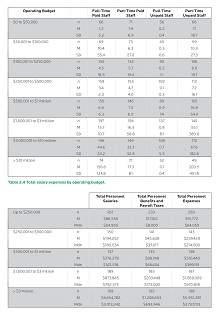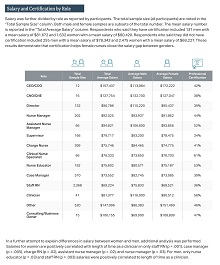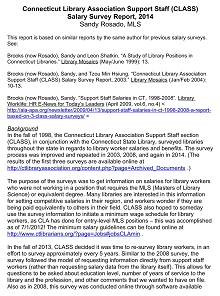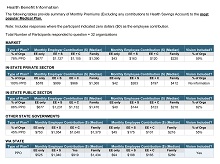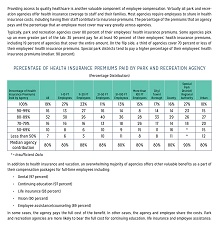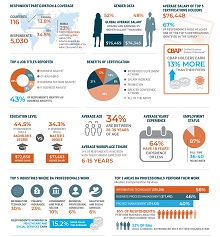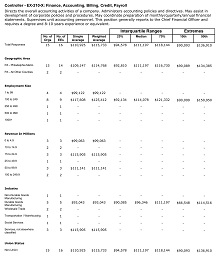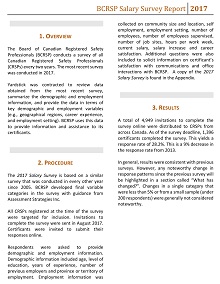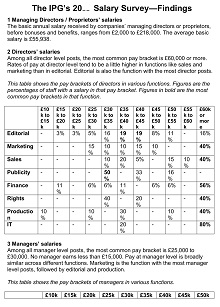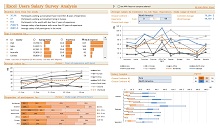30+ Free Salary Benchmarking Worksheet Templates (PDF, EXCEL)
A salary benchmarking worksheet template is a useful tool for those in human resources management and employers who want to set equitable compensation. It provides a way to compare the market value of a particular job with the wages of current employees, as well as investigate external factors that may influence what fair pay looks like.
Employers can use salary benchmarking to ensure that their organization equitably allocates resources, creating a culture of fairness and respect among their staff. With it, you can remain competitive and make sure your employees are fairly paid for their hard work.
Download Free Salary Benchmarking Worksheet Templates
Benefits Of Salary Benchmarking
Salary benchmarking provides numerous benefits to both employers and employees. It helps employers stay competitive while increasing the fairness of their pay structure and helping them attract top talent. For employees, salary benchmarking allows them to receive an industry-standard salary for their job level.
With access to detailed salary information, individuals can also assess whether they are adequately compensated based on comparable positions at other organizations. This encourages people to negotiate salaries that better reflect their current market value and leaves them better informed about prevailing wages in their profession. Ultimately, taking advantage of salary benchmarking creates a win-win situation with employers and employees coming ahead.
Types Of Salary Data Sources
Salary data is essential in making informed decisions regarding salary negotiations and job offers. Knowing the types of salary data sources available makes it easier to research and compare salaries, allowing you to make an informed decision about what’s best for you. Here are some of the popular sources for salary information.
Survey Data
Survey data is one of the most commonly used sources of salary information. This type of data is gathered from surveys sent out to employers or employees, asking them questions about their salaries. Survey respondents provide the data collected and analyzed by the organization conducting the survey. This data type can help provide a broad overview of salaries in various industries or geographic locations. Still, it may not give you an accurate estimate of your potential salary due to its broad scope.
Government Data
The US Department of Labor Statistics (DOL) collects and publishes wage and salary information for different occupations state-by-state. The DOL also collects and distributes wage data by region, industry, occupation, educational attainment level, gender, racial/ethnic group, and more. This detailed wage information can be invaluable when researching potential salaries for specific jobs or regions. Some states publish wage and salary information through their departments or labor websites.
Employer Sources
Most employers have a policy on disclosing wages, or they may post job descriptions with estimated pay ranges listed. Employers are usually willing to discuss wages upon request if they are unavailable online or through other sources. Additionally, many employers have internal databases that allow employees to compare their current salary with others with similar positions throughout the company this can be another great resource for gathering salary data while maintaining confidentiality among staff members.
Analyzing And Interpreting Salary Data
Analyzing and interpreting salary data can be a daunting assignment, but it can also provide great insight into your company’s financial health. Carefully examining salary records, staff funding, and security trends can be identified. Additionally, tracking salary increases versus employee performance helps increase efficiency and morale.
Employees who feel appreciated and receive recognition for their efforts will often become more dedicated and productive team members. By actively examining salary data, employers can better ensure they are making smart choices with their employees’ futures in mind. Understanding the driving force behind your company’s labor expenditures gives you an invaluable advantage as a business leader.
How to Create a Salary Benchmarking Worksheet Template
Salary benchmarking is the process of comparing employee salaries against industry averages and other organizations to ensure that employees are being paid competitively. This is important for any organization as it helps keep morale high, reduces turnover, and allows for easy salary comparisons. Creating a salary benchmarking worksheet template can help your organization stay organized and up-to-date with the latest industry standards.
Gather Data
The first step in creating a salary benchmarking worksheet template is to gather the necessary data. For this, you will need information about your organization’s salaries and industry standards for similar positions. This data can be gathered from online sources such as Salary.com or Payscale.com and from surveys conducted by professional organizations such as SHRM (Society for Human Resource Management). It’s important to note that these sources should only be used as a reference; salaries may vary depending on location and experience level.
Analyze Data
Once you have gathered the necessary data, it’s time to analyze it. Start by looking at what other organizations pay their employees for similar positions, then compare those figures to your salary data. You can also look at average salaries for different locations and industries to gauge how much or less an employee should be paid based on where or what industry they work.
Create Worksheet Template
Once you have analyzed the data, it’s time to create your worksheet template. This should include columns for a position title, job description, number of years of experience required, minimum expected salary range (based on industry averages), maximum expected salary range (again based on industry averages), and actual salary range (based on your organization’s actual salaries). You may also want to add columns depending on other factors influencing an employee’s expected salary range (such as education level or certifications).

